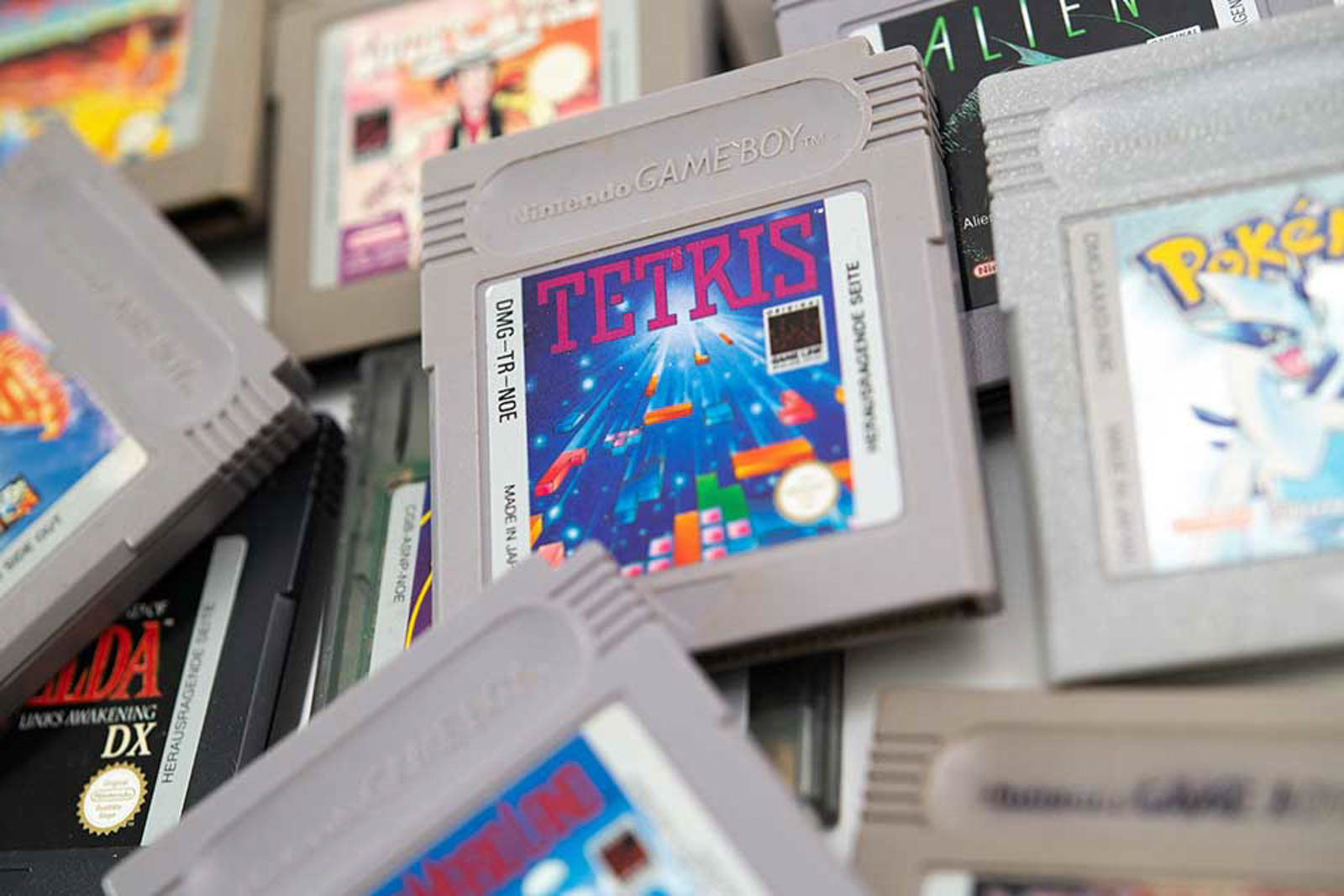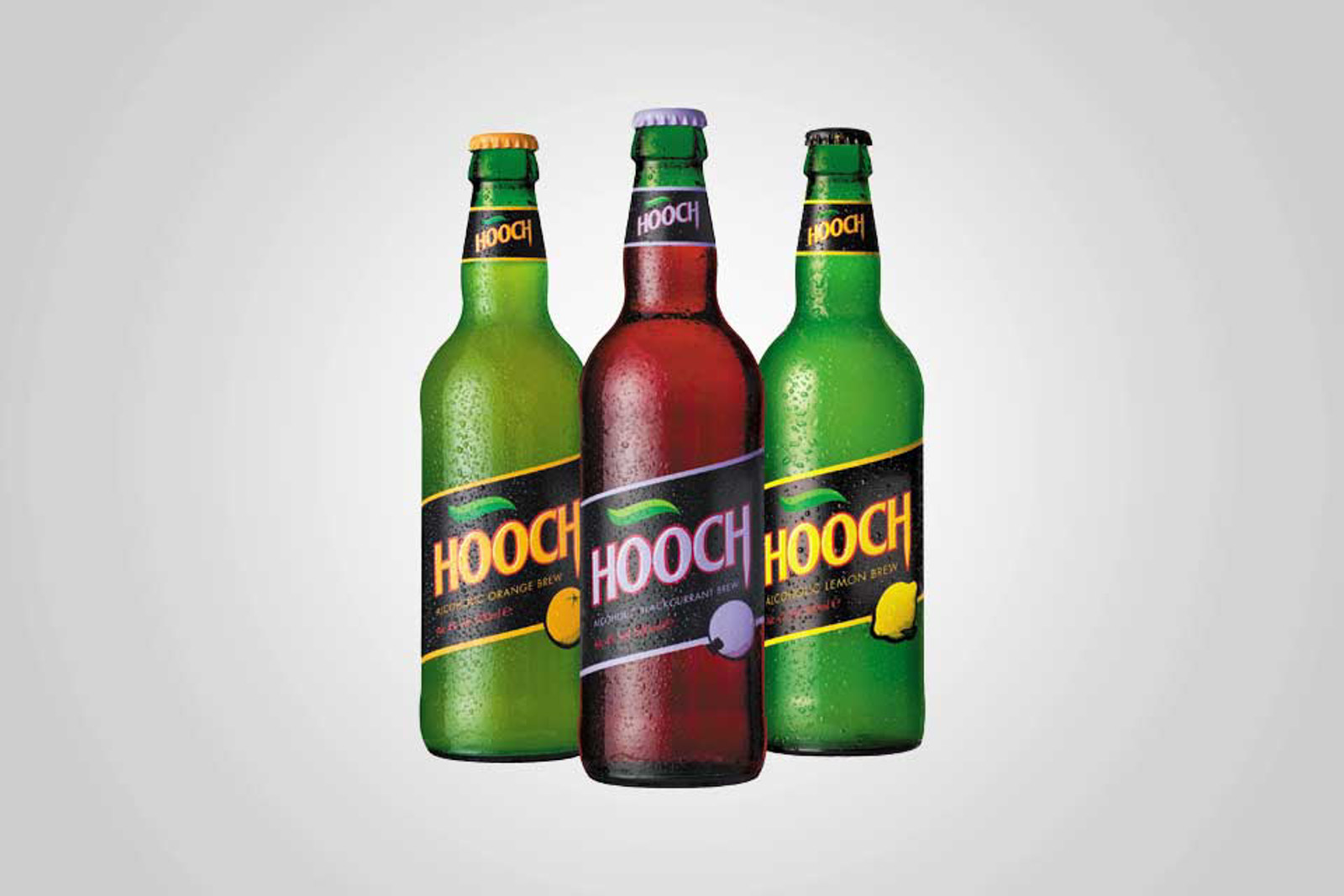When the Wall fell, popular culture rose to a new level of social relevance. Wind of Change? More like a tsunami! The Nineties washed over the increasingly globalized media landscape in a tidal wave of catchy tunes, cult movies, TV series and show stars. FACES rolls up the decade – and publishes an encyclopaedia on the age of grunge, girl groups, GZSZ and games consoles.
The soundtrack of the children’s room noodles in 16-bit: Video games are now available at home in front of the TV (okay, even on the toilet thanks to the Gameboy). Japanese nerds create the virtual worlds in which some gamble away half their youth.
Their parents still associate video games with coin-operated monster machines in the dimly lit corners of smoky pubs. Nineties kids, however, can enjoy home entertainment from Japan. First and foremost the consoles from Nintendo and Sega: In Street Fighter or Double Dragon we slip into the role of muscle-bound backyard ninjas. In Formula 1 simulations, we chase records until the joysticks glow and direct Mario, Sonic and Mega Man through fantastic platform missions. Gameboys confiscated to prevent addiction are even said to have infected countless fathers with the Tetris virus. From 1993 onwards, digital 3D consoles become established, the Nintendo 64, Sony launches the Playstation. However, with the high-performance PC, a competitor emerges that unexpectedly pushes Nintendo and its ilk back into second place, despite innovation efforts in the form of the Wii or Gameboy Color (probably because the computer simply has significantly more application options).
offers). After all, Zelda, Donkey Kong and their ilk have booked the nostalgia bonus forever – the Zurich National Museum is even dedicating a multimedia exhibition to the cult of gaming in spring 2020.









